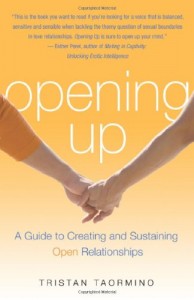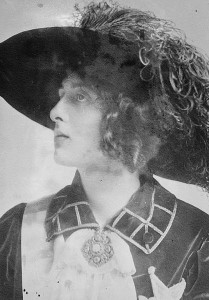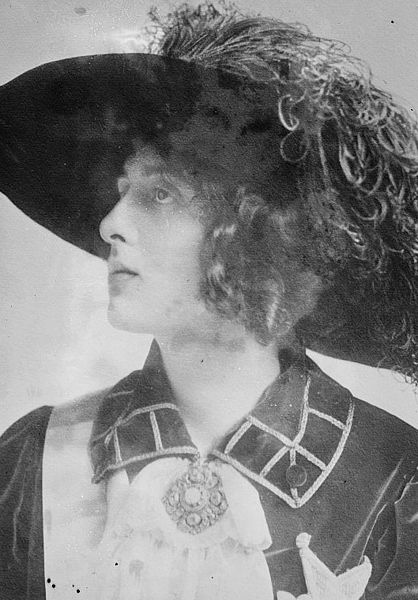This is the second part of my shared reading of Opening Up. If you missed last week, catch up on our discusson of the book’s introduction. Comments are always welcome, whether you’re reading along with us or not.
In this installment we discuss Chapter 1, “Pilots, Parties, and Polyamory: A Brief History”
“The practice of conducting consensual multiple sex and love relationships simultaneously is not new. As long as people have been in relationships, there have been open relationships.” -from Opening Up

Many people think of open relationships as something new. This might be partly due to the very recent coining of the word polyamory, now the most prevalent term used to describe nonmonogamy. Actually, people have always practiced a diverse array of relationship styles throughout human history. This includes both members of cultures where this was the norm as well as people who chose to make their own way in opposition to the dominant culture.
This chapter of Opening Up is very similar to one in The Ethical Slut, Slutstyles. Both draw lessons from the kinds of relationships formed by the sexual subcultures of recent decades, including swinging, polyamory & polyfidelity, and the practices of gays and lesbians.
One thing I really liked about Opening Up was how many books Taormino includes from each era and group. Some years ago I had the ambitious idea to write a survey of polyamory in fiction and non-fiction, and during that time I read a lot of books on the topic. While an early text like Open Marriage or a queer book like The Lesbian Polyamory Reader doesn’t serve the same purpose as a guide like this does, they give us valuable perspectives on how people relate — and not just in shedding light on ways we’ve changed.
It’s interesting to me that some of the groups portrayed in this chapter — particularly mainstream gay and lesbian culture — work to downplay the importance of nonmonogamy. Sometimes when I see the media show me another elderly gay couple who have been together for decades I wonder about the message. While I support the rights of everyone to form relationships of their choice and receive legal protection in doing so, and I admire anyone who can stay together for so long, there’s a part of me that regrets that we buy legitimacy through conforming to Western culture’s “default” relationship. There’s always an urge to appear normal in any minority group — it’s just as easy to see in the scorn that polyamorous people sometimes heap upon swingers, not recognizing that we’re all trying to make similar decisions in seeking to balance comfort and security with our natural need for diversity.

I liked that this chapter reveals how widespread nonmonogamous sexual practices might be. It seems we haven’t done the right studies in the right ways but the percentages we have are high. One problem is that words like polyamory or even open marriage can actually impede these conversations — there are many who don’t identify this way, but still practice some form of nonmonogamy nonetheless. When we include even all the people who have “an understanding” about outside sexual behavior, the number grows large.
So far, Opening Up doesn’t have any exercises for the reader so let’s make up some of our own. Let’s share a person, historical or familial, who inspires our choices in some way. This doesn’t always mean with positive, ethical behavior.
For my example, I choose my grandfather Dr. Joseph Ransohoff. His legacy as a pioneering brain surgeon is still important today. After having my father and his sister, and being married for many years in what sounds like a miserable marriage, he divorced my grandmother and remarried a woman four decades younger and had two more children in his seventies. He was a notorious flirt throughout his life, and in his last years saw his second marriage fall apart after an affair with a lingerie model.
I admire my grandfather for many reasons — obviously for the great ways he benefited human health, but also because I want to be a dirty old man too. Like him, I hope my high sex drive lasts right up into my last years, which I hope to fill with pleasures of all kinds. At the same time, I regret the pain he likely caused by some of his choices, and wonder if he might have done something differently if he’d matured today.
People throughout history chose to seek other ways of living. Yet how many people are still unhappy today because they think there’s no choice when it comes to relationships?
The Read-along will continue next week, February 2, 2012 with Chapter 2, “Myths about Nonmonogamy.”
